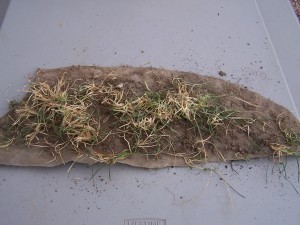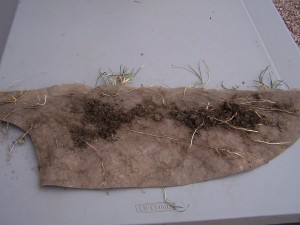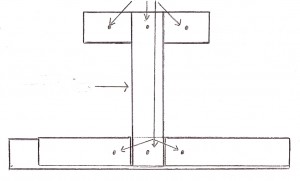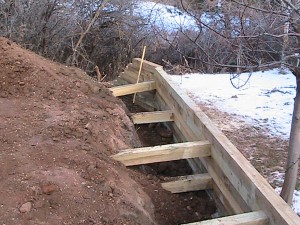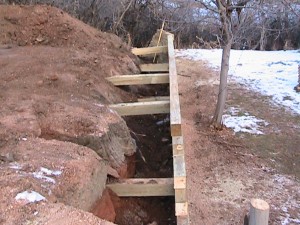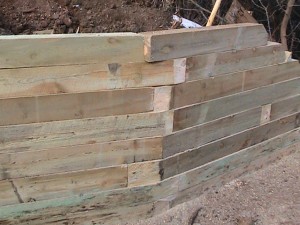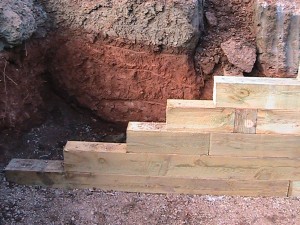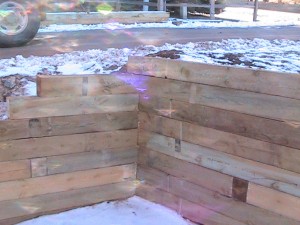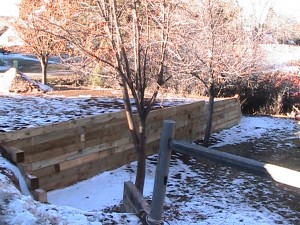What To Ask & Look For When Hiring a Contractor to
Install a Sprinkler System
In my years of installing sprinkler systems, I’ve seen a lot of what goes on in the landscape and lawn irrigation field. I hope to 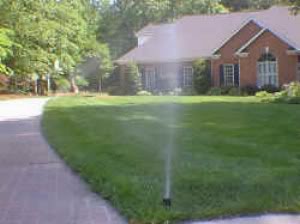 help homeowners make an informed decision when seeking estimates and know how to differentiate the good from the bad.
help homeowners make an informed decision when seeking estimates and know how to differentiate the good from the bad.
Every year I have several contractors beat my prices by a large margin. A small margin is normal, but a large margin is cause for concern. Understand that there isn’t much room to move on prices unless that contractor is going to cut corners. That being said, if you get several estimates that are in the same range and all your questions have been answered satisfactorily, but there is one estimate that is really high with no obvious reason, then it has probably been inflated.
Some possible red flags
- It’s early in the season and their schedule is wide open
- The bid is very low or very high
- They promise an exact start date
- Weather almost always affects start date
- Some contractors will say they will get there sooner to get the job
This is what I provide with every estimate
- I always provide a drawing to scale showing what the homeowner will get if they hire me.
- This drawing has head placement, number of zones, and location of the lateral lines and mainline
- I give written information on the products I’m using
- I assure the homeowner that they will have head to head coverage
- for smart and effective watering with no brown spots
- I have, and honor, a 1 year warranty on labor, 3 years on parts
- Winterization the first year and next year’s turn on & check out are free
- I install a professional sprinkler system with commercial grade parts.
Now I’m not going to be the least expensive in most cases, but over the years I’ve always made sure to do it right the first time and have happy customers. I never cut corners. Now every irrigation contractor has made mistakes over the years (I have). The important thing is, does that contractor learn from their mistakes and honor their warranty?
Listed below are some questions to ask and things to look for when getting estimates and hiring a Lawn Sprinkler Contractor. I hope this will help you in your search.
Questions To Ask When Getting an Estimate For a Sprinkler System
- A scale drawing showing head placement, zones and where everything will be.
- Will I have head to head coverage?
- This means that in most cases every sprinkler head will be hit by the water from another sprinkler head.
- Show me on the drawing.
- Where do you buy your parts?
- Are they commercial grade such as Rainbird, Hunter, Toro etc? (not parts from a hardware store or super store ie. Lowes.)
- What’s the name brand of the sprinkler parts?
- Ask for written information (specs) on the sprinkler parts
- Are you insured?
- How many years experience do you have?
- How long have you been in business?
- Do you have references?
- May I see some of your work?
- How deep will the sprinkler lines be?(They should be 6” to 12” deep)
- Do you have a Plumbing License?
- What equipment will be used?
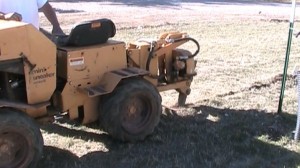
- If you have established grass, the sprinkler lines should be plowed in with a vibratory plow,
-
- This will cause much less damage to the yard.
- If a trencher is used the trenches will have to be compacted and sodded
- When a vibratory plow is used, you usually can’t tell that the yard was even disturbed within a week
-
- What kind of warranty will I get?
Other Things to Remember
- Presents himself in a professional manner
- Answers your questions
- Get three estimates and compare prices
- Compare contractors with prices.
- How effective is their presentation.
- Remember the saying ‘You get what you pay for’
I hope this will help you find a good Irrigation contractor so that you will have a stress free experience with your project and end up with a problem free system. Good Luck.
How Easy is it to Install a Sprinkler System?

